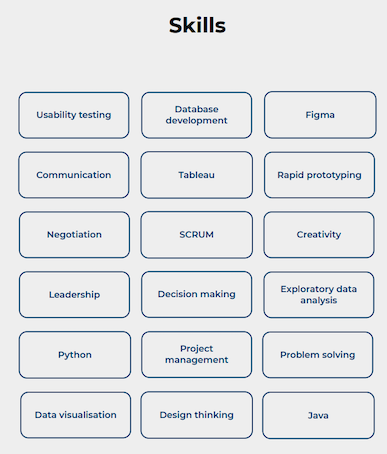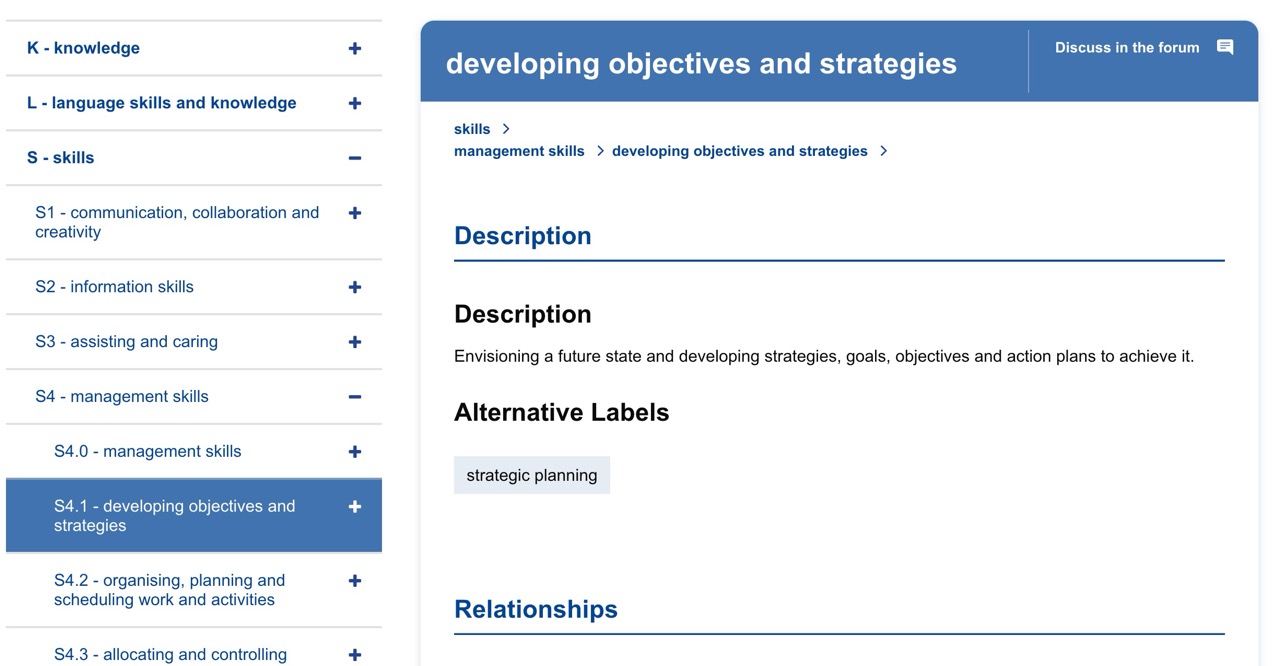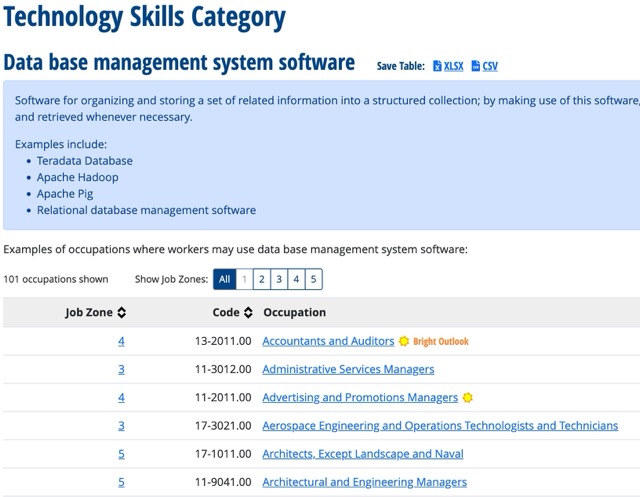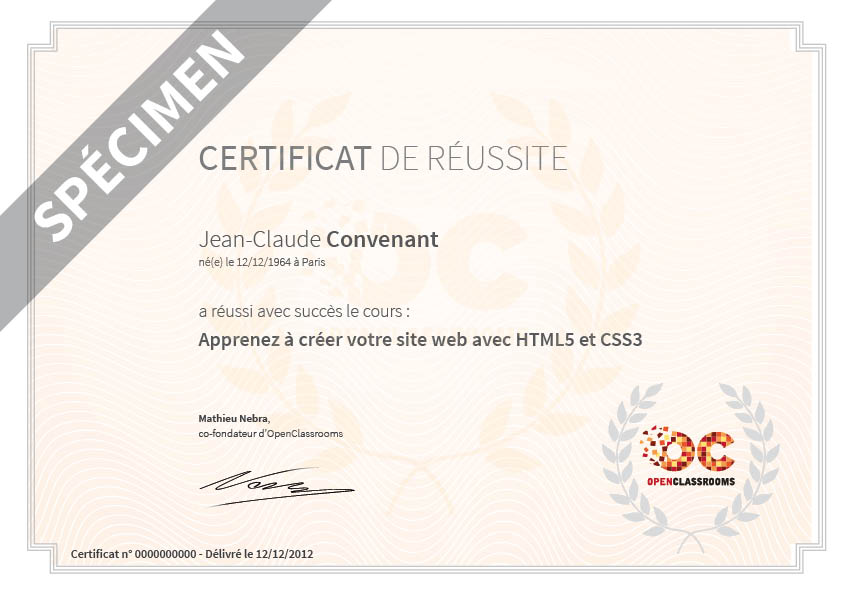Skills are somewhat trendy in the education world. 😎
Before, we were mostly looking at how much knowledge students could acquire (by heart, without cheating and looking up for answers). Today, because knowledge is so easily accessible on the internet, we look at other things. Knowledge is still important to some extent, but now we’re expecting skills.
Let’s have a look at them. 🔎
What Are Skills?
Skills are sometimes considered as the 21st-century gold, as they can hold a lot of value. This is, to some extent, what you sell when you meet an employer: “Here are my skills, this is why you should hire me”.
On the other end of the spectrum, a lot of employers today are complaining that it’s very hard to find people with the right skills. Why? Because many schools haven’t updated their curricula to fit the needs of companies today. Technology grows faster and faster, transforming the skills that are expected in the workplace every few years – if not every year sometimes. This is why you’ll hear about “skills shortage” or “skills gap” a lot.
What Does a Skill Look Like?
Usually, skills are represented by a word (or 2-3 words), like what you’d see on a resume or on LinkedIn: “C++ programming, project management, digital marketing, etc”.

You can have different levels for each skill (beginner, advanced…):

You combine a skill with a level. This means you can be “Beginner in Design thinking”, “Intermediate in Database development”, etc.
Different Types of Skills
A skill can be in one of 3 categories:
🧠 Knowledge: what you know (eg. Project management methodologies)
💪 Know-how: what you know how to do. Also known as hard skills. (eg. Data visualisation)
🤝 Behaviours: how you react or behave. Also known as soft skills. (eg. Problem solving)
Today, you need some knowledge, but also more and more know-hows and behaviours. Some say that behaviours enable acquiring other skills, which is why they are among the most desirable skills.
Skills Frameworks
At this point, you may ask: “Where do I find a list of all skills that exist?” 🧐
Bad news: there’s no such list. Everyone has a different view on skills. Each school can be different. Each employer can be different. Each country can be different. etc.
Every now and then, someone says “Hey, let’s create a standard, so everyone speaks the same language”. But then there are several standards, which kills the point of having a unique place to look at, and it’s hard to know which standard to follow. 🙈
Even though it’s easy to get lost, I’d like to present a few skills frameworks, which are the biggest attempts at creating a standard for all stakeholders:
Employers
Schools, universities and training centers
Students
Public employment agencies
ESCO
ESCO (European Skills, Competences, Qualifications and Occupations) is the European multilingual classification of Skills, Competences and Occupations. It works like a dictionary.
The aim of ESCO is to support job mobility across Europe, to create a more integrated labour market within Europe.
There are more than 2,900 occupations and 13,000 skills listed! 🙀

As you’ll see if you browse on ESCO website, it is a huge task!
O*NET
O*NET is the US equivalent to ESCO. It is the primary source of occupational information in the US.
The data helps to understand the rapidly changing nature of work and how it impacts the workforce and U.S. economy.
Like ESCO, the database is public and available online for free. Both are actually interoperable.
You will also find a classified list of jobs and their skills, with indicators for jobs that are trending (the most demanded ones).

